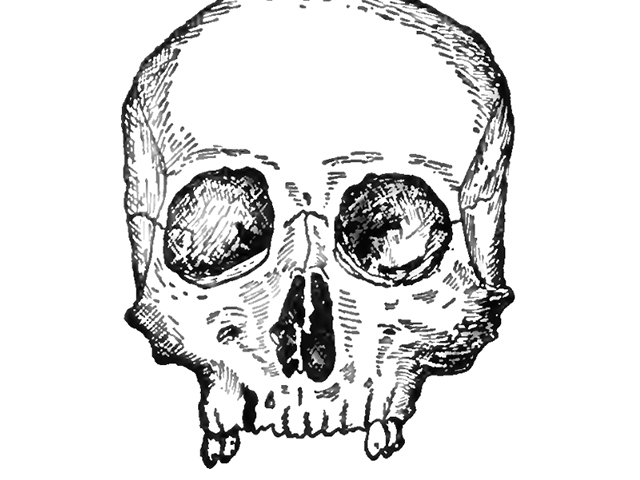<![CDATA[According to reports, archaeologists have discovered an 8000 year old human skull at a dig site located in Stokke, Norway. The discovery is considered to be extremely rare because the skull contains a gray substance that is believed to be the preserved remains of the person’s brain. This makes the clay-like substance the oldest human brain to have ever been discovered. Although more analysis and studies need to be made in order to confirm the discovery, scientists all over the world are extremely excited by the possibility. This rare discovery should also allow researchers to recreate the last few hours of the individual and discern any pathological conditions or diseases that the concerned person might be suffering from. The uniqueness of the discovery makes it a rare find, because finding a beautifully preserved brain, that too one that belonged to a person 8000 years ago is next to impossible. Moreover, the human brain tissue is extremely rich in enzymes that damage cells and make them break down completely once a person dies. However, this decomposition can be slowed down under certain conditions. For example, another expedition had led to the discovery of the brain tissues of an Incan child who was sacrificed about 500 years ago. The body of this child was found on an Andean mountain where the conditions made it freeze swiftly, thereby preserving the brain tissue. A similar expedition was conducted in Turkey wherein researchers unearthed brain tissues of a 4000 year old brain that was preserved when an earthquake buried the individual concerned, and the resulting fire consumed all oxygen from the rubble. However, what makes this 8000 year old skull that has been found in Norway so unique is the fact that it was found in a settlement which dates back to the stone age. Archaeologists have also unearthed a number of artifacts from the era as well as an entire pile of soil that contains bones. Among other findings, the excavations have unearthed the oldest unburned bone of Norway till date. Preliminary analysis conducted by the scientists places the skull back to the year 5900 BC. However, further testing needs to be done in order to verify these claims. Moreover, despite the popular theory that the brain matter belongs to a human child, the fact that it actually belonged to an animal cannot be discounted until further tests are conducted. Gaute Reitan, the leader of the dig site, confirmed the facts that the skull had contained the clay-like substance that is believed to remains of a preserved brain. However, he also advised caution against jumping to conclusions because of the apparent lack of data pertaining to the Stone Age. If the tests do reveal a human brain, this rare discovery could actually end up being extremely significant. It could offer us with an entirely new insight of the living conditions during the Stone Age and could also allow experts to study the health conditions of humans in prehistoric times. ]]>
Archaeologists Discover an 8000 Year Old Skull in Norway
